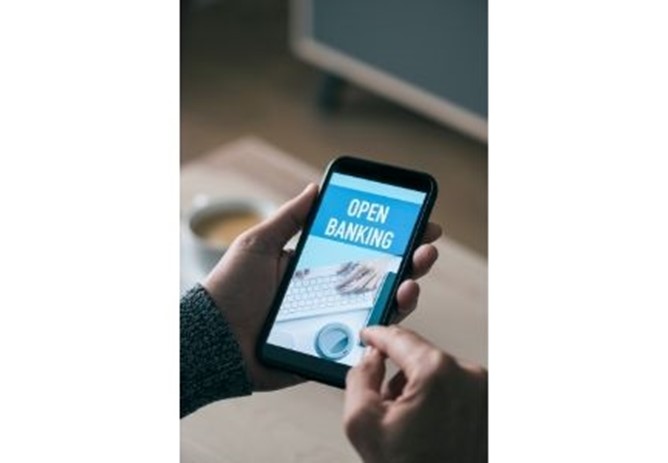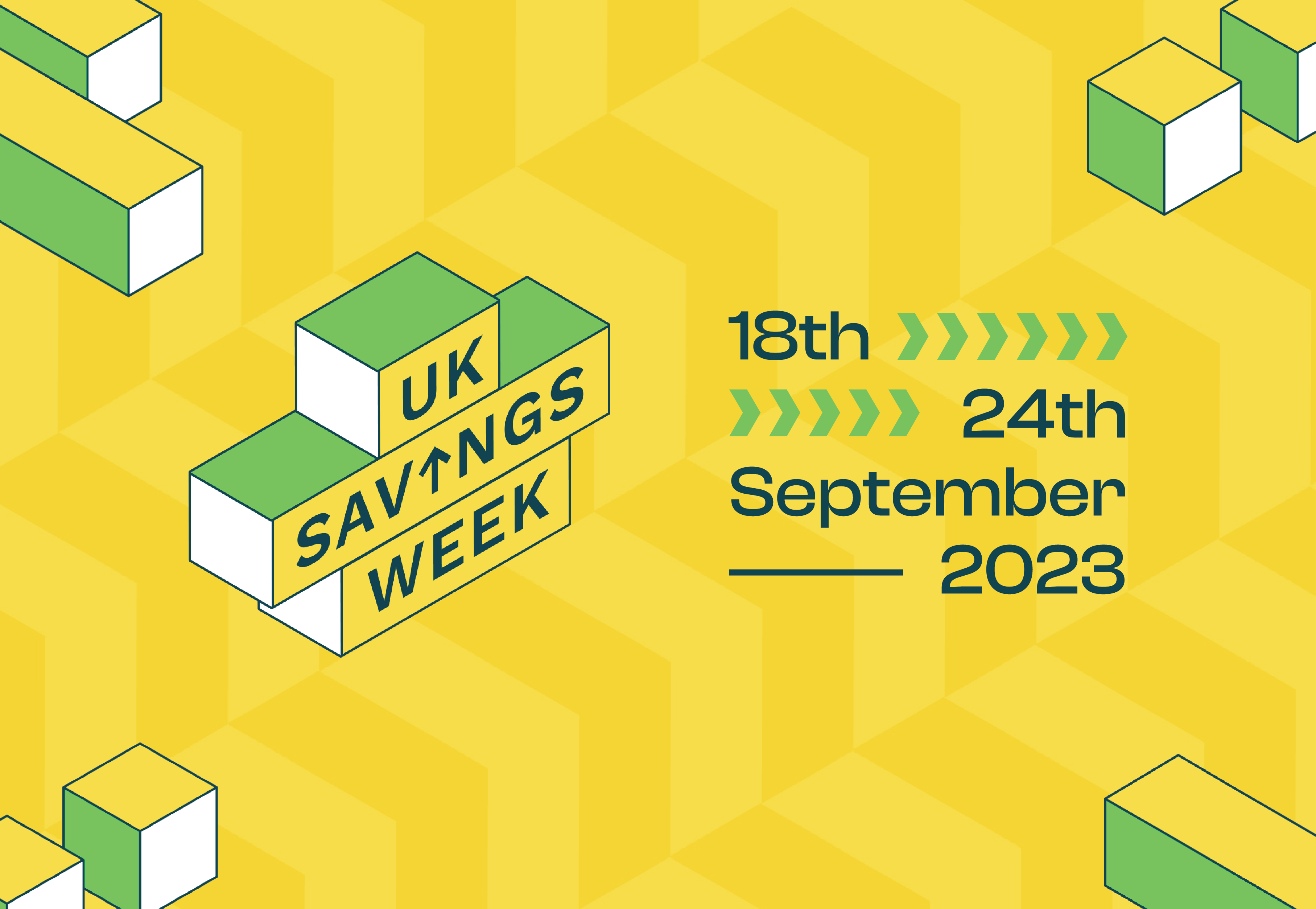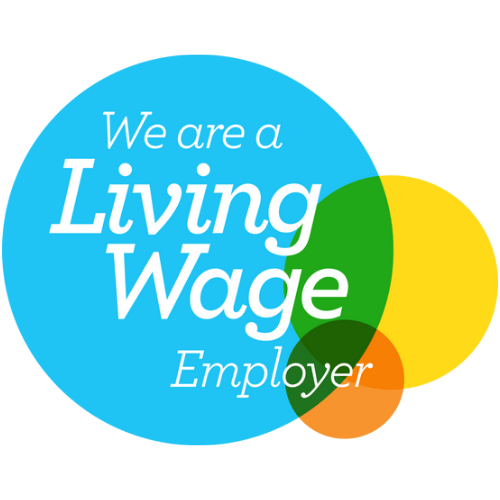21 September 2021
Understanding Open Banking
Amanda Wilcock, Chief Operating Officer at Manchester Credit Union provides an explanation of what Open Banking is.
In the past, if a lender was assessing a loan application they’d likely ask you to supply your bank statements for the last 30-90 days so that they could make a sensible calculation of what money you had coming in (your income) and what you paid out regularly (your expenditure). These calculations are what help to determine your Disposable Income and this is the crucial figure which indicates whether or not you can afford the loan you’ve applied for.
The introduction of Open Banking means that we no longer need to see these paper statements and you no longer have to make a special trip to a branch of your bank to request them! Lenders partner up with organisations who receive the data from your bank, organise it into an easy-to-read format and then pass it on to a lender. They don’t store any of your data in their systems and a lender can’t request the data more than once without getting your permission each time.
As a lender, when we get the data it doesn’t look like a bank statement; the entries are grouped together in categories, so payments for rent or a mortgage will be in the same category as Council Tax, and spending on Gas, Electric and Water will be in another group. This makes it really easy for us to see the things that matter in our decision making.
You may be thinking that this all sounds great, but is it safe? Well, the short answer is, yes. Open banking is regulated through the Payment Services Regulations 2017, meaning that it’s safe to take advantage of open banking services. Put simply; financial service providers can only access your financial data if you’ve actively consented for them to do so. You can also check whether a provider is regulated on the UK Open Banking Directory.
You can find out more about Open Banking on our website.
